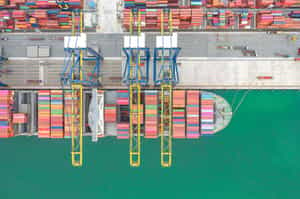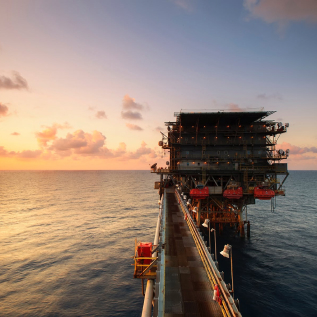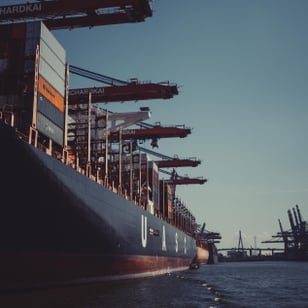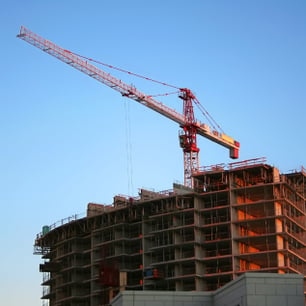
A quick guide to ILO's dock work regulations
TABLE OF CONTENTS
Introduction
The United Nations International Labor Organization (ILO) provides a set of regulations to ensure the safety and health of dock workers worldwide. Let's take you through the highlights!
Many countries worldwide have ratified or built their regulations on the United Nations International Labor Organization's (ILO) Convention concering Occupational Safety and Health in Dock Work (No. 152), 1979. And we know – the name is a mouthful. Let's just call it ILO 152 from now on.
So, ILO 152 describes how lifting appliances and items of loose gear should be tested, certified, and regularly inspected and that this should be registered in appropriate forms. In addition, a rigging plan showing the arrangement of lifting appliances must be provided. In this guide, we will walk you through the requirements in the articles and the forms. But first, let's explain some of the key terms in the convention:
Key terms and concepts to understand
Competent authority
A minister, government department, or other authority who issues regulations, orders, or other lawful instructions.
Competent person
A person with the knowledge and experience necessary for thorough examinations and tests of lifting appliances and loose gear and who is acceptable to the competent authority. Competent persons are usually certified inspectors and expert controllers.
Inspection
A visual inspection by a responsible person to decide whether the loose gear or sling is whole, undamaged, and safe for continued use.
Lifting appliance
All stationary or mobile appliances used on board ship for suspending, raising, or lowering loads or moving them from one position to another while suspended or supported.
Loose gear
Any gear used to attach a load to a lifting appliance that is not an integral part of either the appliance or load, such as slings, shackles, and chains.
Responsible person
A person appointed by the master of the ship or the equipment owner to be responsible for performing inspections. This person has sufficient knowledge and experience to undertake such inspections.
Rigging plan
A floor plan that illustrates the arrangement of lifting appliances in a physical space. Safe working load (SWL) The maximum load the lifting equipment can safely lift.
Thorough examination
A detailed examination by a competent person, to determine whether the lifting appliance or item of loose gear is safe to use.
Curious about how Onix Work can help you?
The requirements
OK, now that we've got the vocabulary down, let's move to what the relevant articles state:
- Every lifting appliance and item of loose gear must be tested in accordance with national laws or regulations by a competent person before being used for the first time and after any substantial alteration or repair that can affect its safety. (Article 22)
- Lifting appliances that are a part of a ship's equipment must be retested by a competent person at least once every five years. After every testing, the lifting appliance or item of loose gear must be thoroughly examined and certified as having withstood the test. (Article 22)
- Every lifting appliance and item of loose gear must be thoroughly examined and certified by a competent person at least once every 12 months. (Article 23)
- Every item of loose gear must be inspected regularly before use by a responsible person. In the case of pre-slung cargoes, the slings shall be inspected as frequently as is reasonably practicable. (Article 24)
- There must be kept a record of every lifting appliance and item of loose gear. The records should specify the safe working load (SWL) and dates of tests and thorough examinations with corresponding certificates. However, the regular inspections of items of loose gear (Article 24) only need to be recorded if an issue is discovered. (Article 25)
- A rigging plan showing the arrangement of lifting appliances must be provided. For derricks and derrick cranes, the rigging plan should include the position of guy-wires and blocks, the force on the guy-wires, blocks, wire ropes, and booms, the identification mark of individual items, and the arrangements and working range of union purchase. (Article 28)
- Form No. 1
- Form No. 2
- Form No. 3
- Form No. 4



